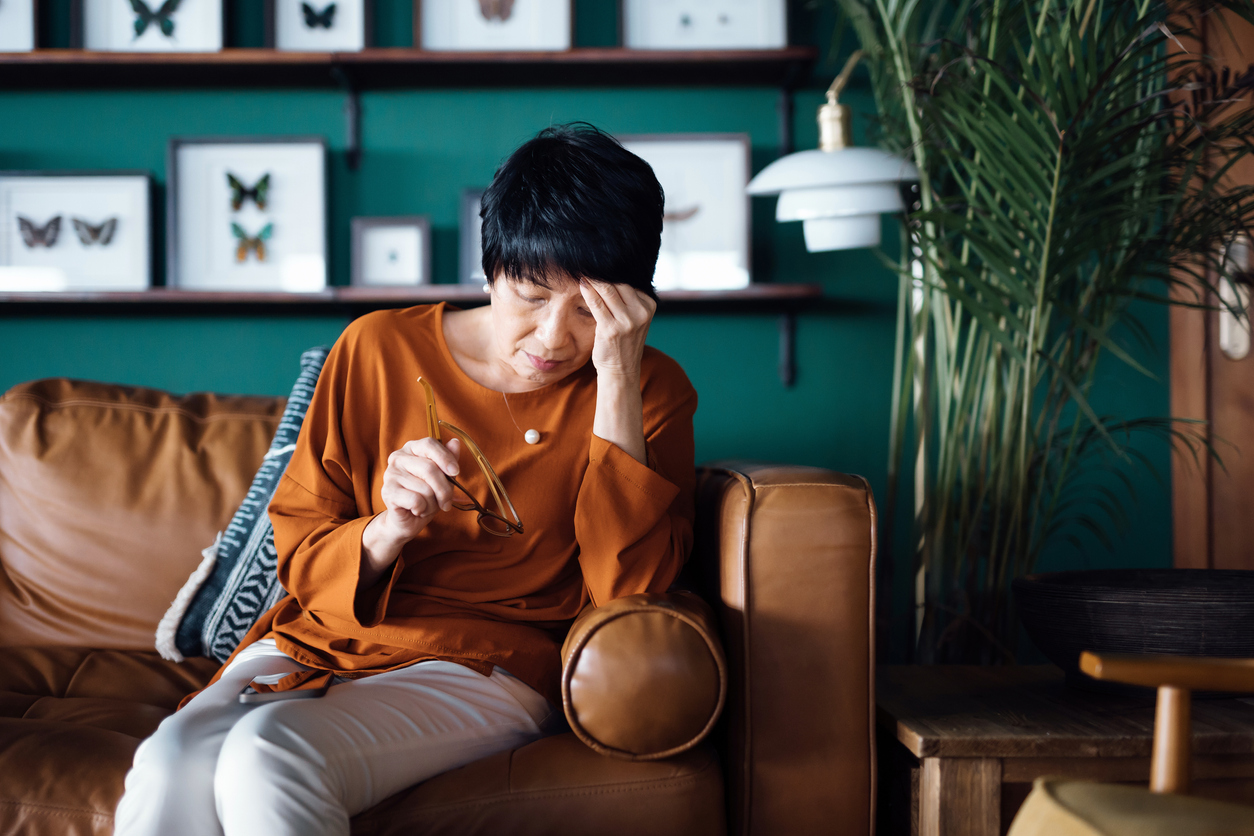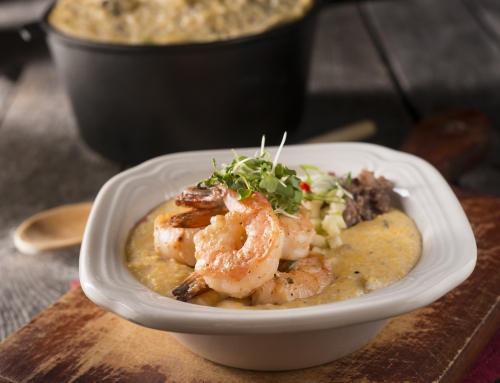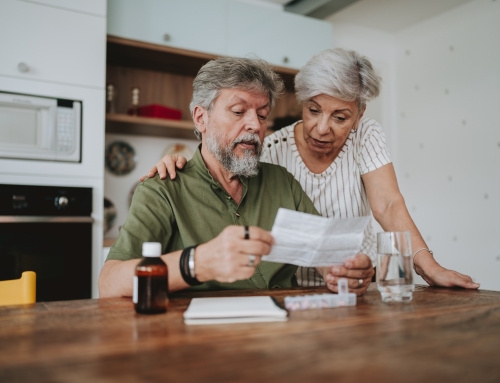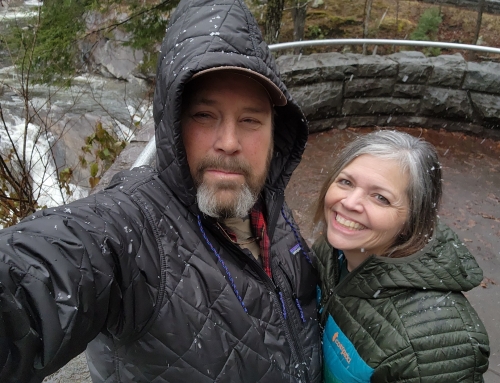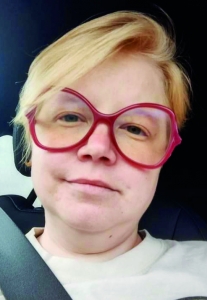
By Rebekah Palmer
Oftentimes, people whose bodies live with rare diseases and chronic illness are not only separated from their peers and society, but feel separate from their peers and society. This is especially true regarding peers who are considered able-bodied, as well as a society that is inherently ableist.
People who do not live with chronic illness do not always know the existence that is lived regularly with hospital and clinic visits, and the consumption of treatment and medications. It can be what we see and hear on media and online when it comes to how disabled and rare populations are spoken about by society. It can even be aspects of our lives that don’t relate to our illnesses but, because we have an illness, these parts get overlooked.
Those realities of many of us with disability and disease that get overlooked and overshadowed are race and culture, gender, sexuality, religion, class, age, and size. We are whole people who live in these intersections like all other human beings. Kimberlé Crenshaw, an American civil rights advocate and professor, coined the term “intersectionality” to describe how we as human beings exist in this world and to describe where much of the framework wherein people’s narrative gets erased.
Loneliness due to lack of shared experiences and continued bodily pain is a human reality and can come from multiple circumstances. When resources for care and resources for connection to other humans is unavailable, this is quite an isolated existence on top of loneliness that could be created by different traumas.
I am speaking pre-pandemic, of course. With the onset of COVID-19, much loneliness and isolation has been compounded. Rare Disease Day Official has reported that two thirds of those with rare disease have experienced more depression since the pandemic and that 83 % have not had the medical care they regularly had before 2020.
Perhaps we can help with the reality of isolation by utilizing video chat for medical appointments. While this may be something a person is already doing for their body, video chats with support groups can assist with feelings of loneliness.
Dr. Bessel van Der Kolk, M.D. and author of The Body Keeps the Score: Brain, Mind, and Body in the Healing of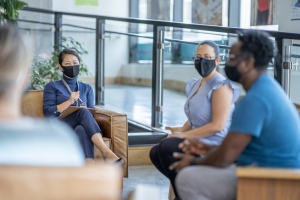 Trauma suggests multiple ways a human can connect to others and themselves (not an exhaustive list):
Trauma suggests multiple ways a human can connect to others and themselves (not an exhaustive list):
- Yoga/mindfulness exercise
- Theater
- Neurofeedback
- Support Groups
With the exception of live theater in communities and a neurofeedback specialist, yoga can be found online, as well as platforms to speak with support groups who share similar experiences.
Doing daily stretches and exercise can assist and support a person with how they are feeling and promote well-being in how to calm one’s hyperactivity.
Opening up to peers creates trust and often fosters a sense of belonging. When it is safe to do so in this current pandemic, finding a community center that offers theater or game nights or accessible sports benefits us as people.
Check out the following websites to get encouragement to connect with oneself and others:
- Chronicallysurviving.com (Marcelle lives with rare disease and is a yoga and meditation teacher)
- Facebook.com/wakeuplaughingwellness/(Tahnie Woodward lives with rare disease and is a Reiki-energy healing-instructor)
- heypeers.com is a platform wherein multiple rare and chronic disease groups chat. A person can connect with their own peer group and trained coach
- CRIP CAMP is a documentary available in Netflix. Check them out at cripcamp.com to learn more about the disability revolution
Rebekah Palmer is a graduate of UW Stout from Menomonie, Wisconsin. She is a poet and writer and an advocate for adults living with rare disease. She is cofounder of the nonprofit Next Generation of Cystinosis an organization specifically for cystinosis adults. Contact her at rebekah-palmer@nextgencystinosis.org.

